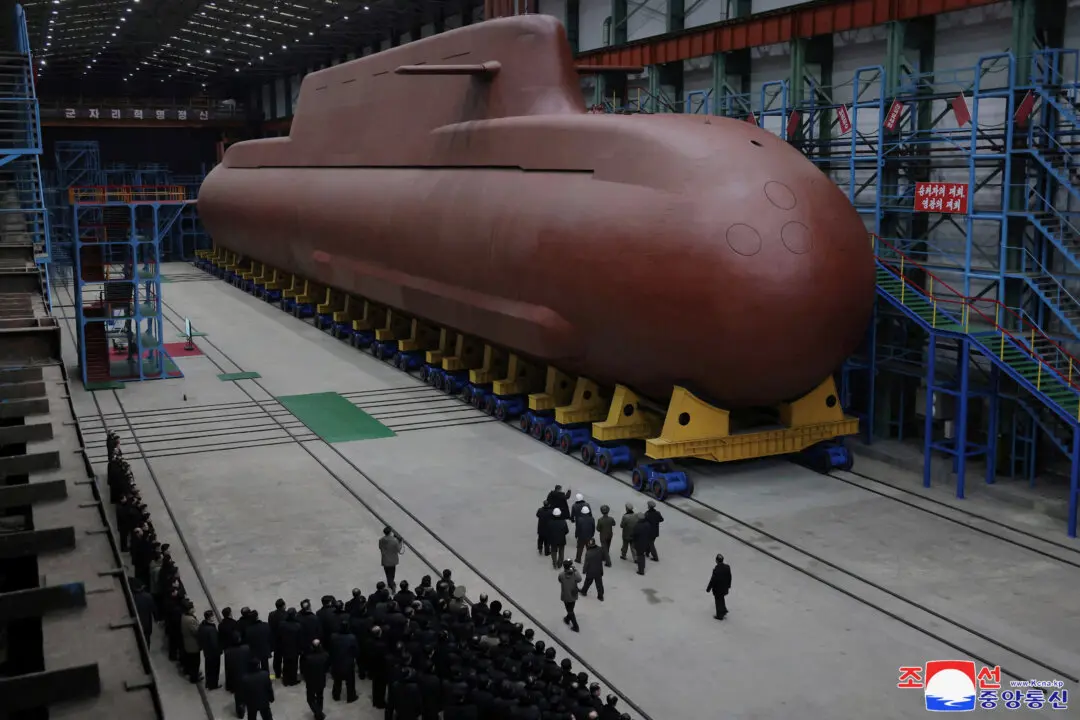An accelerating arms race will determine the contest for strategic primacy between the United States and China. Perceptions of American weakness could tempt China to risk war. At stake is whether future generations benefit from a prevailing liberal democratic order or become enveloped by a spreading illiberal anti-democratic order organized, led, and armed by the Chinese Communist Party (CCP).
Arms sales are a major tool that China is using to advance its building of military networks around the world, for example, offering a $30 million–$40 million fighter that is about 90 percent as effective as current versions of the $60 million–$90 million U.S. F-16.





